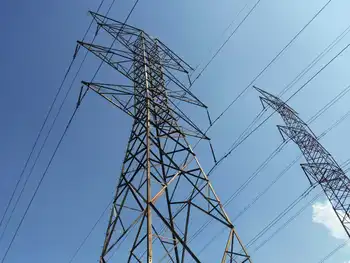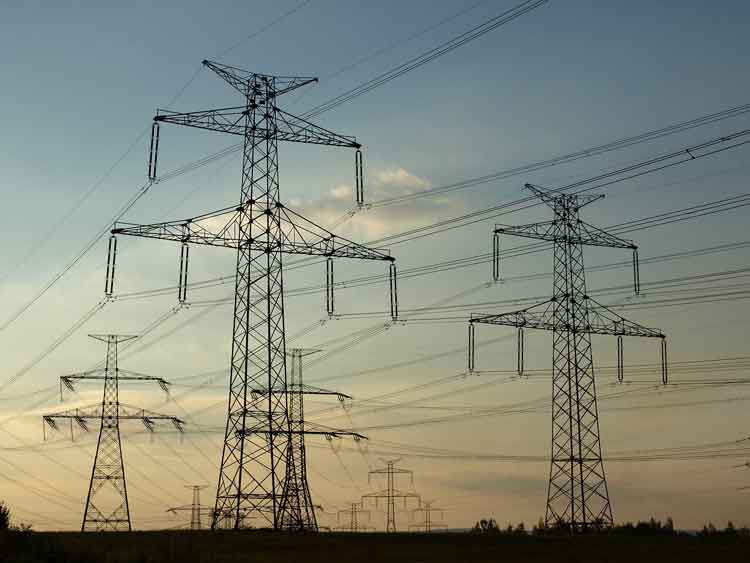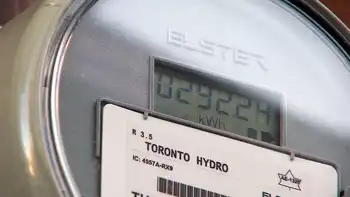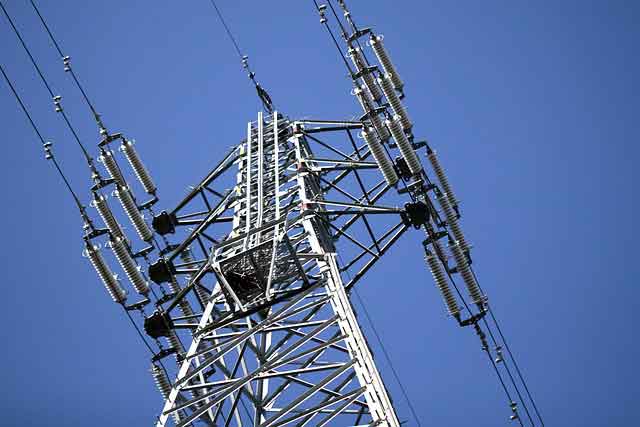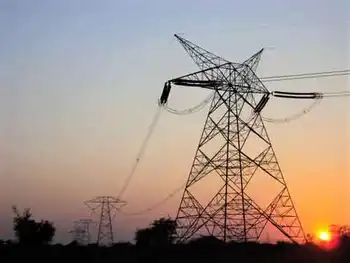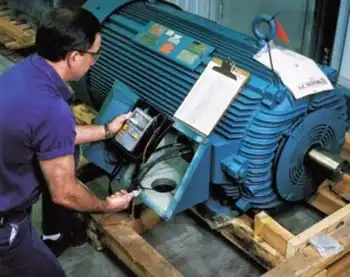Storing power on the future grid
By John Timmer, ars technica
Electrical Testing & Commissioning of Power Systems
Our customized live online or in‑person group training can be delivered to your staff at your location.

- Live Online
- 12 hours Instructor-led
- Group Training Available
One of those focused on the potential role that energy storage can play as the grid evolves, and evaluates a number of technologies that are either on or near the market.
Most of the presentation of stored power has focused on its role in smoothing over the variability in renewable power sources like solar and wind. But storage can also solve a variety of problems in the existing grid. The rise in demand that comes during peak hours (and due to interruption of existing supplies) generally requires plants that can ramp up very quickly, which basically means natural gas turbines. Using storage could act as a bridge to allow other types of generating capacity that take longer to ramp up to step in.
Storage can also play a role in frequency regulation, which helps smooth over minor fluctuations and keep the grid's alternating current following an even curve. Beacon Power, which initially pitched its flywheel technology as a storage medium, is now selling it for this sort of frequency smoothing. A reasonably distributed storage capacity could also help work around grid congestion. So, even if you're not interested in renewable power sources, there are plenty reasons to be interested in power storage.
Given that, it's no surprise that grid-level storage actually dates back to 1929 in the US, when the first pumped-water plant opened. These facilities combine a standard hydroelectric facility with a pump that runs when electric supply exceeds demand. The excess power pumps water uphill into a reservoir, where it can be harnessed when power supplies drop. All told, pumped hydro now has the capacity to supply about three percent of a typical day on the US grid. So, grid-level storage isn't a possibility; it's a reality.
Expanding that capacity, however, is a different matter. Appropriate reservoir sites are getting fewer and further between, as is the supply of fresh water. There are some interesting alternatives. The Netherlands is apparently considering a scheme in which a hollow artificial island will be placed in the ocean; water is pumped out when power supplies are high, and let back in via turbines when they drop. Still, the number of potential sites is likely to limit the ultimate capacity here.
Beyond that, the only other technology that's been demonstrated on the market is compressed air storage, which we looked at in detail recently. These plants, however, require a fair bit of planning, and the only other one that's in the works is in Iowa. This is not something that's going to be a major force in the very near future.
But the report argues that battery power already represents an enormous storage resource; it's just not currently on the grid. There are roughly $3 billion lead batteries sold a year, and that market is growing by eight percent annually. Lithium is catching up fast, though; it's already at $1 billion, but growing somewhere above 50 percent a year. Powering rechargeable batteries for things like data center backup power supplies and electric vehicles is estimated to already account for 1.5 percent of the total utility power consumption in the US.
All of that capacity has been put in place without resorting to the more elaborate technologies, such as chemical flow and molten sodium-sulfur batteries, that are being tested for large-scale facilities. These batteries use less-toxic components and don't have a much longer usable lifetime than consumer-grade tech. Facilities relying on them are in the works: because of congestion in the transmission lines between the Texas wind power sources and its population centers, American Electric Power is deploying a five megawatt sodium-sulfur battery facility, and plans on building a terawatt of storage capacity in the next decade.
One of the key themes of the Electricity Advisory Committee's reports is that regulatory and financial interests are really difficult to line up when it comes to electric power. These issues appear to be even more problematic when it comes to storage, at least in part because the regulatory framework doesn't exist at all. Clearly, the report calls for some decisions to be made on the national level about precisely how power storage fits in with the larger issues in the national grid.
Financially, storage is a challenge because it's a bit of a mix of transmission and generation resources. Exactly who pays for using its capacity, and under which circumstances, isn't clear. There are also some serious challenges involved in the economics, as there are a number of mismatched incentives. On the most basic level, not all utilities currently charge their customers different rates for peak and off-peak power. Without a price differential of this sort, the use of storage to lower the peak requirements only exists at the utility level, as they're the ones who activate their most expensive generating equipment during that time. Until that changes, there's no incentives for the actual owners of most of the distributed battery capacity to get involved.
Even if they are on board, figuring out precisely what makes the most economic sense can be challenging. For example, a data center obviously has an incentive to keep its battery capacity fully charged at all time. The utility, in contrast, would love to skim a tiny fraction off that instead of activating an otherwise idle generating plant. In return, they could offer the data center slightly lower rates for their power use at this time. Good luck trying to figure out how to price that.
A lot of people are counting on the impending arrival of plug-in hybrids to be a real game-changer when it comes to distributed power storage. The first generation of these vehicles, like the Chevy Volt are expected to be on the market within the next two years, and numbers should rise gradually from there. But the report suggests that their arrival is probably going to be gradual, with significant numbers only being in place a decade from now.
There are also a number of reasons that they won't necessarily revolutionize the storage game overnight. The report mentions one simple issue: although there are 250 million cars on the road, there are less than 50 million garages for them, so many are unlikely to be available on the grid at any given moment. Charging them will obviously put new strains on the already fragile grid (although utilities are already considering how to compensate for that), and managing their capacity will require a far smarter grid than the one we currently possess. Finally, there's a basic timing issue involved: the cars are going to be needed for a commute home, which typically happens at the tail end of peak usage hours. That means a lot of the battery capacity provided by these vehicles is going to be off-limits when it's needed.
Obviously, the report's authors recommend that the regulatory framework be put in place that will allow storage to start taking a larger role in the grid. It also suggests that the economic issues may need some unusual models for things to make sense. For example, it considers that third-party ownership of a plug-in hybrid's batteries may be needed to have their storage capacity make economic sense, a model that resembles the one being promoted by some electric car initiatives.
But they also recognize that those sorts of things may take years, and utilities will be needing to deploy storage sooner than that (indeed, they already are). So it argues that the Department of Energy is going to need the budgetary resources to fund pilot projects to determine how the different technologies and management systems work in the field. That way, by the time the regulatory issues are sorted out, the utilities will know which of the options it makes sense to deploy.





